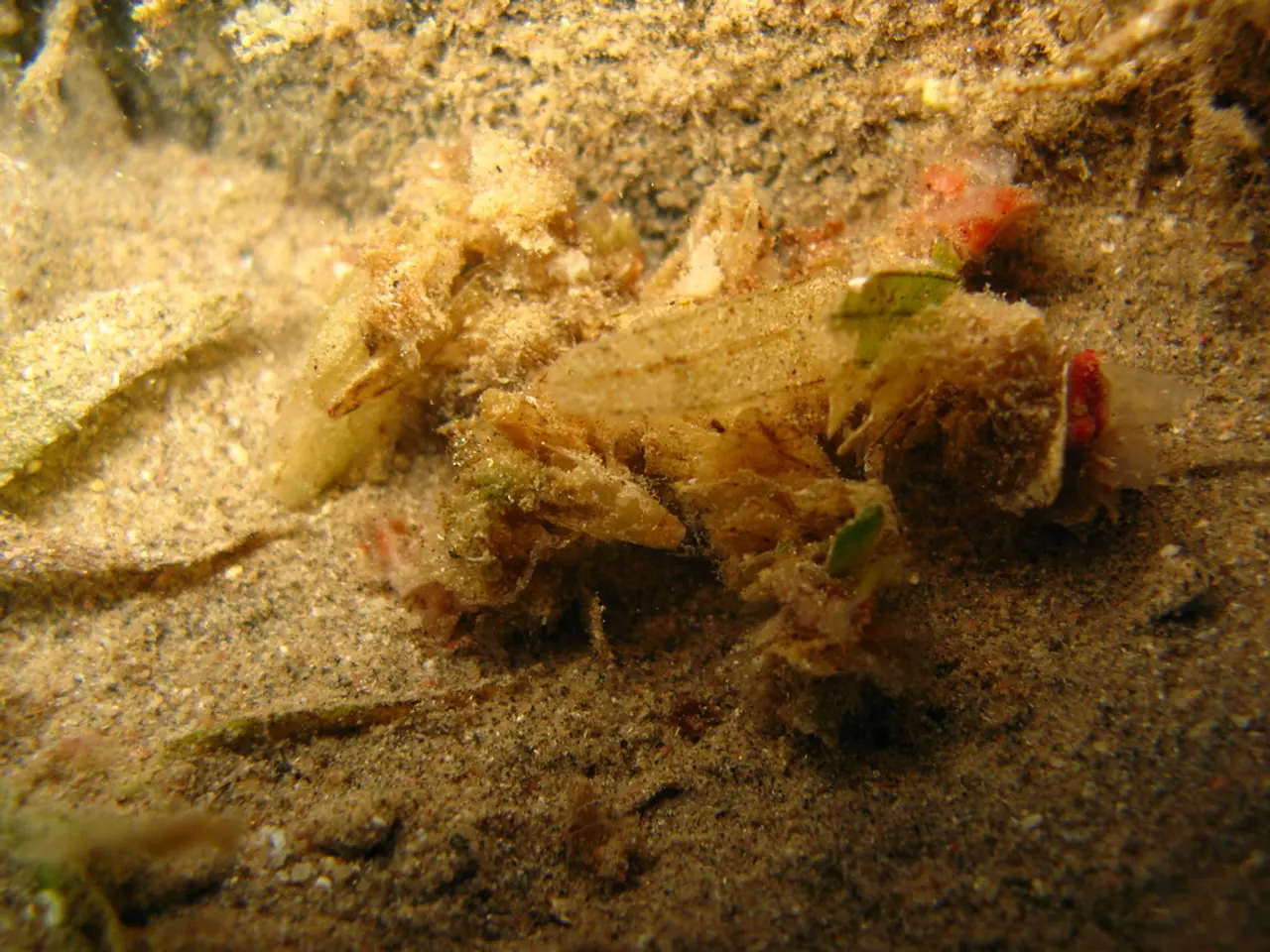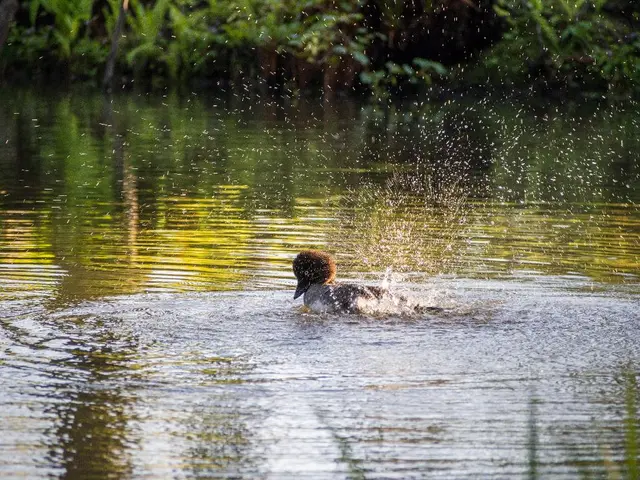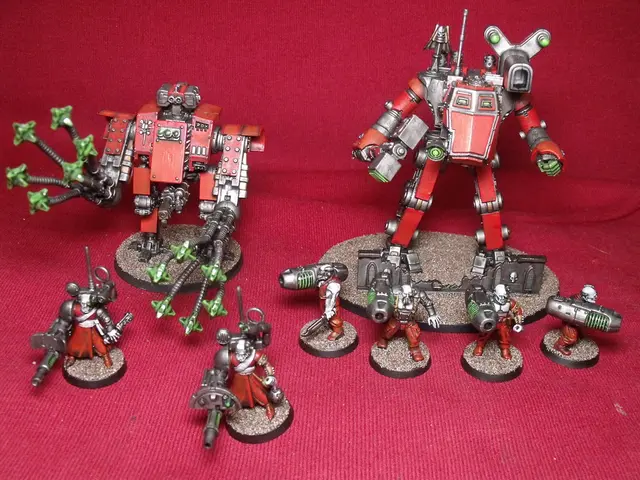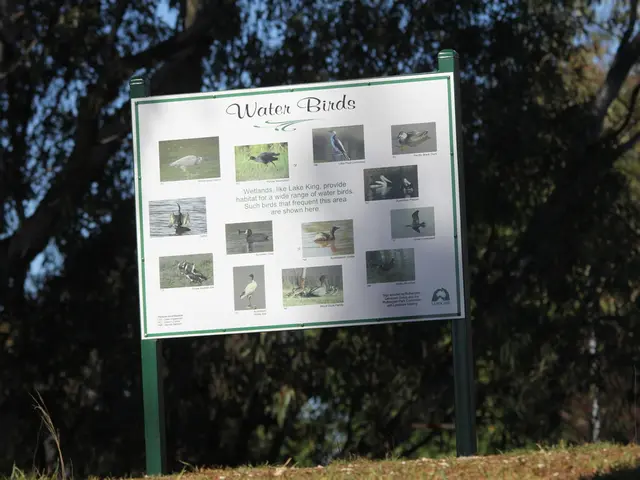Pufferfish Display Complex Sand Art Formations for Mating Rituals
In the vast and mysterious depths of the ocean, a remarkable spectacle unfolds. The pufferfish, often known for their ability to inflate themselves when threatened, have a hidden talent that challenges our assumptions about their intelligence and creativity.
Male pufferfish of the Torquigener genus, such as the white-spotted pufferfish (Torquigener albomaculosus), are the architects of these underwater masterpieces. Over the course of seven to nine days, they meticulously sculpt intricate, large, geometric sand patterns on the sea floor as part of their mating ritual [2][3][5].
The process is a testament to the pufferfish's dexterity and determination. Using only their fins, they create elaborate circles, sometimes spanning up to two meters in diameter. The sand is sculpted into geometric circles and ridges, with fine sand channeled into the center [1]. Some researchers suggest that the pufferfish may also blow air into the sand to help form the shapes [4].
These sand circles serve as a courtship display, with the complexity and size of the pattern playing a crucial role in attracting a mate [2][3]. The symmetry and geometric regularity of the designs tap into a universal appreciation for symmetry in nature, making them all the more captivating. The central area of the sand circle often contains decorative elements such as shell fragments [1].
The female pufferfish choose their mates based on the intricacy and symmetry of the sand circles. More elaborate designs increase the chances of reproductive success. This preference for elaborate sand circles has driven the evolution of increasingly complex patterns in the circles [1].
The sand circles act as a form of honest signaling, allowing females to assess the health, stamina, and genetic quality of potential mates. Underwater cameras have captured the hardworking pufferfish in action, revealing the truth about their sand circle construction [6].
However, the ocean presents challenges to the pufferfish's sand circles, with strong currents, predators, and human activity necessitating males to rebuild their artwork if it is destroyed [1]. This highlights the importance of preserving marine ecosystems not only for the survival of the pufferfish but also for maintaining the rich tapestry of behaviors that make the underwater world so fascinating.
The existence of the sand circles was a mystery until they were first documented by divers in the 1990s, sparking speculation about their origin ranging from underwater currents to alien intervention. Today, we have a better understanding of these marvels, but they still serve as a reminder of the wonders that await those who look closely at the natural world and the delicate balance required to preserve such marvels for generations to come [7].
Pufferfish and their habitats face growing threats from pollution, climate change, and coastal development, raising concerns about the future of their sand circles and marine ecosystems. It is our responsibility to protect these incredible creatures and the beautiful behaviors they exhibit.
Read also:
- Revolutionizing healthcare through Remote Patient Monitoring Systems: A life-changing approach!
- What's the Ideal Lighting for Your Coral Culture in the Aquarium?
- Signs of Excessive Negativity in Your Social Circle: Recognizing and Managing Them
- Parent Pays Rent and Utilities to Father Monthly for His 6-Year-Old Daughter's Stay







